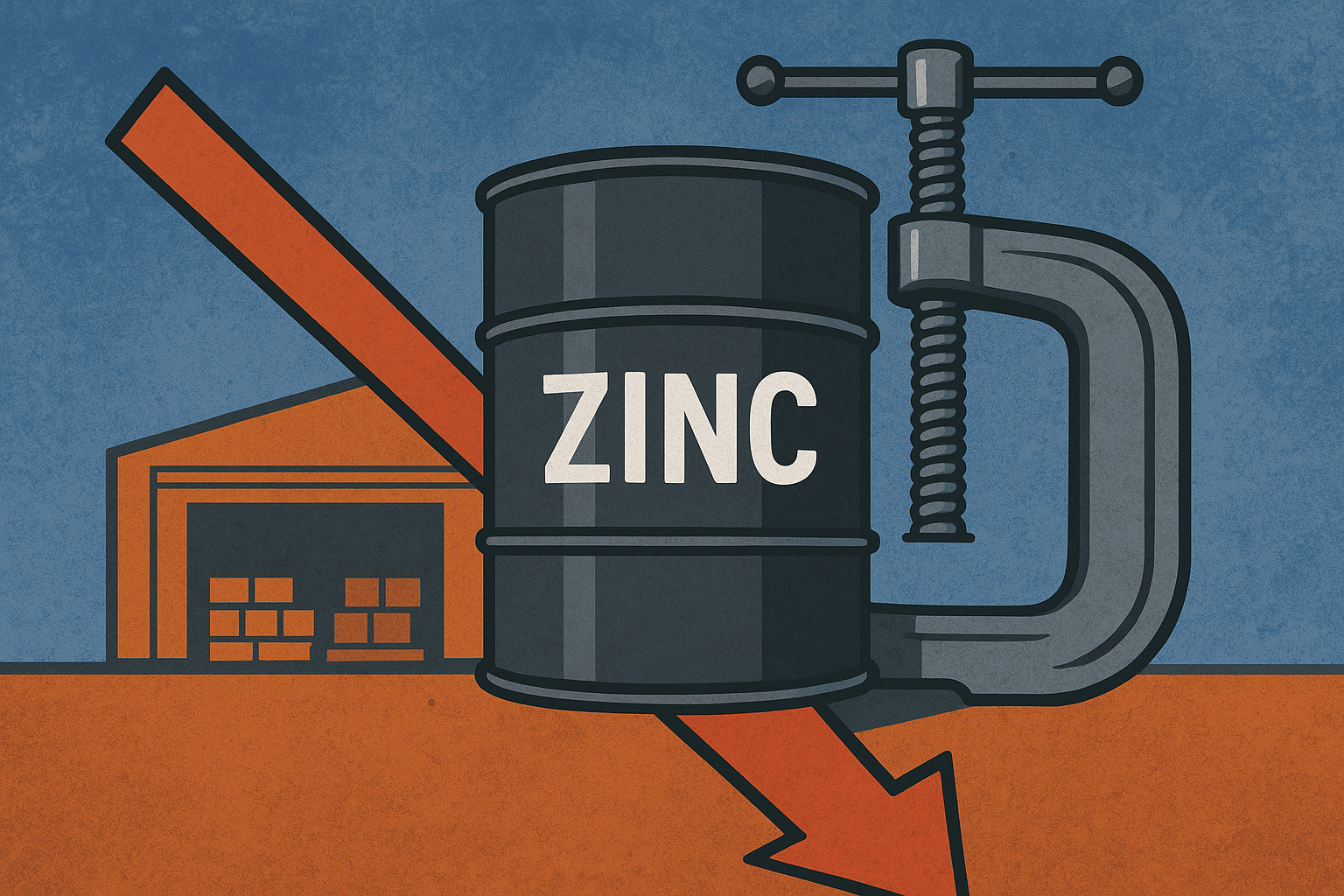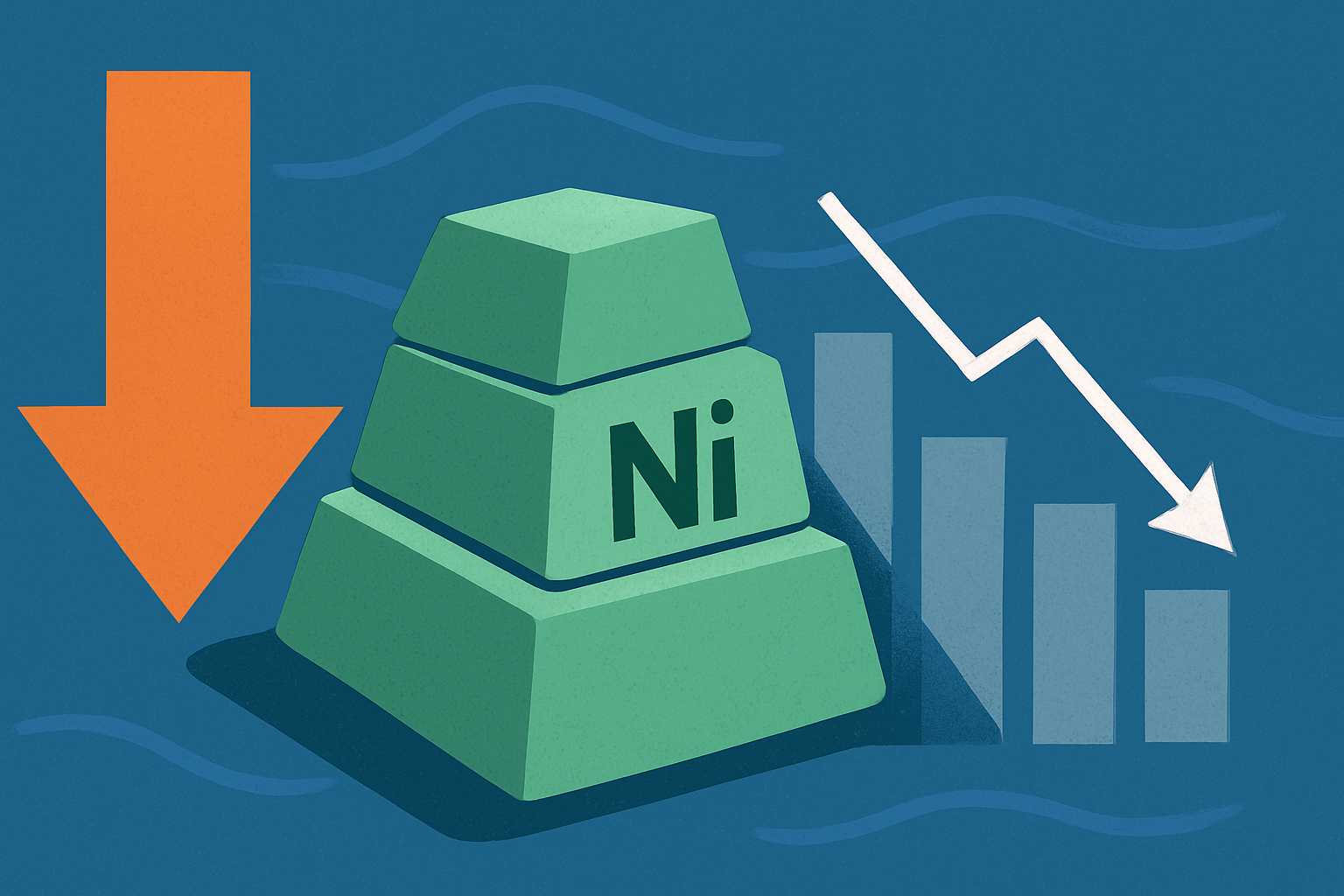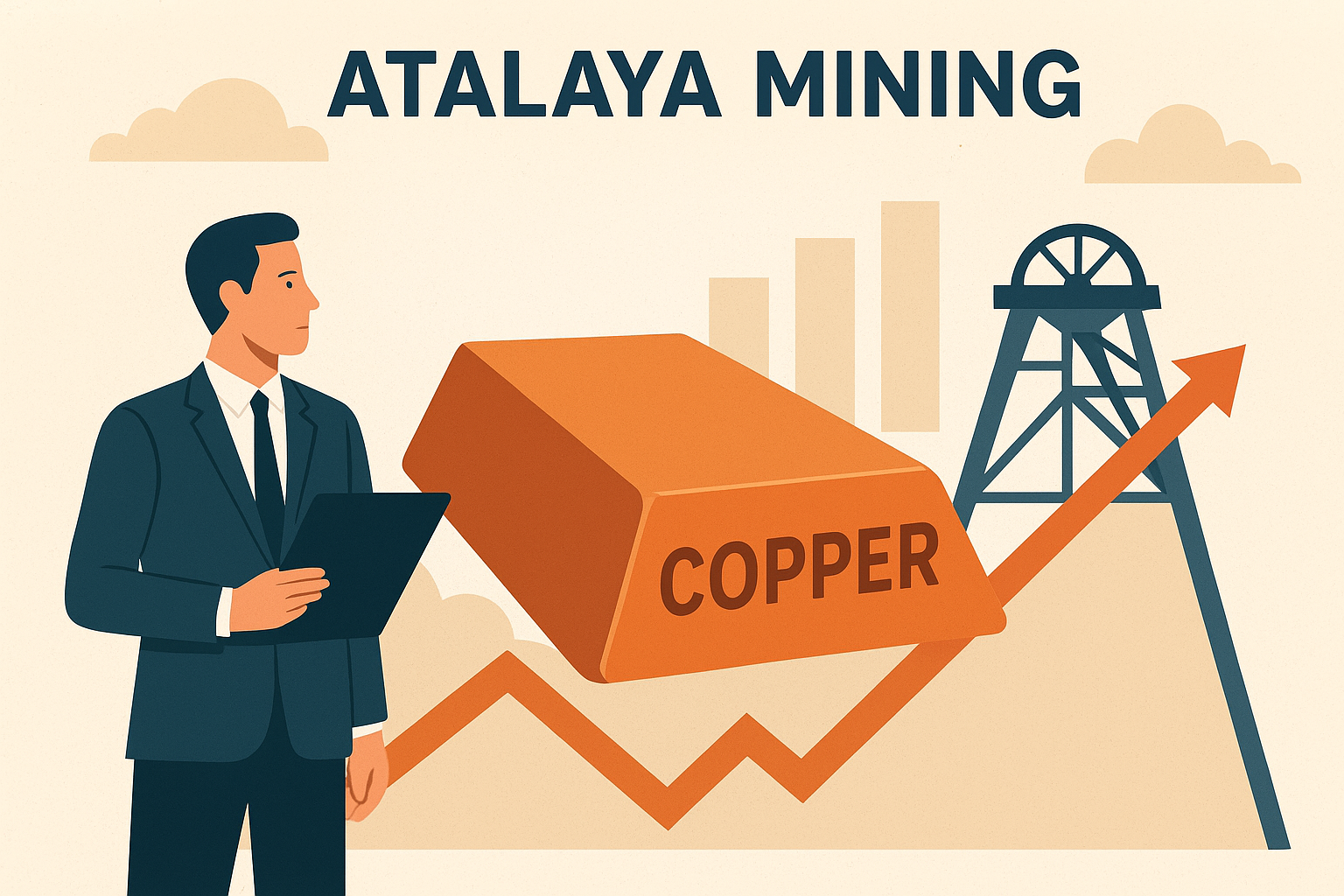Copper’s long-term bullish narrative just gained new momentum — and not for the reasons investors might have hoped. The International Copper Study Group (ICSG) has revised its 2025 mine supply growth outlook downward to just 1.4%, citing production setbacks at several of the world’s largest copper operations, including Codelco’s El Teniente and Freeport-McMoRan’s Grasberg. The revised outlook points to a looming 150,000-ton market deficit by 2026, a warning sign for investors tracking the red metal’s tightening fundamentals.
The report, released this week and covered by Reuters, underscores growing concerns that the supply chain challenges dogging the global copper industry are far from over — even as demand projections from energy transition sectors remain firmly bullish.
Tightening Supply Amid Expanding Demand
Copper has long been a cornerstone of the global economy, but its strategic importance has surged with the acceleration of the electrification and renewable energy boom. From electric vehicle (EV) wiring to solar installations and grid modernization, copper demand is rising at an estimated 2.8% compound annual rate through 2030, according to Wood Mackenzie.
Yet, on the supply side, miners are struggling to keep pace. Chile’s Codelco, the world’s top producer, continues to face persistent output issues at key mines such as El Teniente and Chuquicamata, with production dropping nearly 8% year-to-date. Meanwhile, Indonesia’s Grasberg mine — a cornerstone of Freeport-McMoRan’s ($FCX) portfolio — has experienced lower grades and logistical challenges that have trimmed expected throughput for 2025.
The ICSG now expects global mined copper production to reach around 22.3 million tons in 2025, compared with earlier expectations closer to 22.7 million. The supply-side headwinds, coupled with rising smelter demand in China, are expected to push the refined market into deficit by mid-2026.
Why This Matters for Investors
For investors, the implications are twofold: short-term volatility and long-term opportunity.
The short term could see increased price swings as traders recalibrate to the tighter supply outlook. Copper futures on the London Metal Exchange (LME) have already been testing the upper end of the $4.60–$4.80/lb range, with analysts from Goldman Sachs forecasting that prices could test $5.00/lb by early 2026 if deficits materialize faster than expected.
Longer term, the deficit narrative supports a structural bull market that has been building since 2020. With new project approvals slowing, exploration budgets tightening, and permitting delays stretching timelines, supply elasticity remains limited. According to S&P Global, fewer than a dozen major greenfield copper projects are expected to come online before 2028 — far short of what’s needed to meet projected demand growth.
The Geopolitical Undercurrent
Beyond supply constraints, copper’s geopolitical footprint is widening. Governments are increasingly treating critical minerals — copper included — as strategic resources. In Latin America, royalty reforms in Chile and Peru have reshaped project economics, while nationalization pressures in Panama and Ecuador have deterred some foreign capital.
At the same time, China’s dominance in copper smelting and refining capacity is reinforcing global dependency. As Beijing ramps up imports of concentrate to feed its growing domestic smelter base, the rest of the world faces tighter spot availability — amplifying price sensitivity to disruptions.
Future Trends to Watch
- Mine Disruptions and Maintenance Cycles:
With key producers like Codelco and Freeport struggling to stabilize output, investors should monitor operational updates closely. Any additional setbacks could accelerate deficit conditions. - China’s Concentrate Buying Spree:
Chinese smelters’ demand for concentrate remains robust despite global tightness. Watch for shifts in treatment and refining charges (TC/RCs), as these serve as leading indicators of market strain. - Exploration and New Discoveries:
Exploration-stage companies in Africa and Latin America could become acquisition targets for majors seeking to replenish depleted reserves. Juniors with proven high-grade resources — especially in politically stable jurisdictions — may see outsized re-ratings. - Copper Substitution Risk:
In the long run, industries are exploring aluminum substitution in some low-current applications. While not an immediate threat, investors should monitor how this trend evolves amid sustained high copper prices.
Key Investment Insight
Copper’s path to deficit territory strengthens the long-term bullish case for the metal and companies with proven exposure to mine production or long-term offtake agreements. Investors may look to:
- Producers with low-cost operations and diversified mine portfolios (e.g., $FCX, $BHP, $RIO).
- Exploration-stage developers advancing near-term, high-grade discoveries.
- Smelters and refiners in regions outside China that stand to benefit from concentrate shortages.
However, investors should remain mindful of cost inflation risks, particularly as input costs (energy, labor, and equipment) rise alongside the commodity itself.
As the market moves toward 2026, copper’s supply-demand dynamic is shaping into one of the most consequential themes for metals investors. The tightening outlook not only underlines the importance of strategic sourcing but also reinforces the value of diversification across the mining life cycle — from exploration to production and recycling.
For continuous coverage on global mining, exploration, and metals markets, stay tuned to explorationstocks.com — your trusted daily source for investor-focused analysis and insights.






